Doctor Explains the Science Behind McDonald’s Meal That Could Soothe Migraines
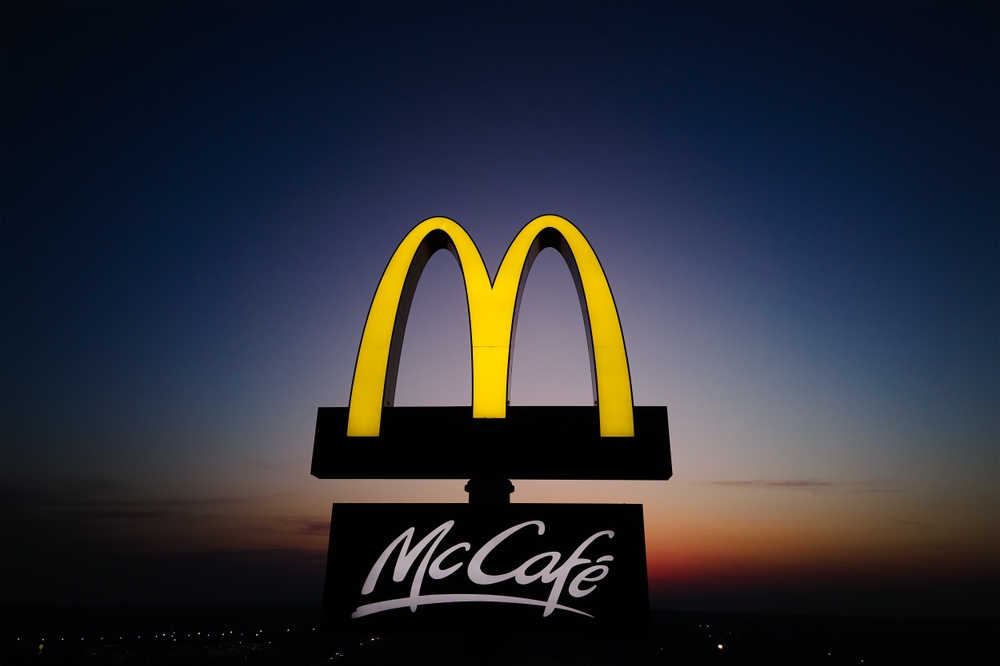
Picture this: you’re curled up in a dark room, your head pulsing like a drum that won’t stop beating, every flicker of light stabbing behind your eyes. The air feels heavy. Even your breath hurts. You’ve swallowed the painkillers, you’ve sipped the water, you’ve tried every trick you’ve read on late-night migraine forums: and still, the pain lingers, as if your skull is caught between thunder and silence. Then someone, half-jokingly, says, “You know what might help? A Coke and some fries from McDonald’s.” It sounds absurd, right? Fast food to fix what medicine couldn’t? But as strange as it seems, this idea has taken hold online, and even doctors are beginning to explain why it might not be as ridiculous as it sounds.
Medical educator Doctor Myro recently broke down the reasons why a McDonald’s Coke and fries might actually help ease a migraine better than medication for some people. His answer wasn’t magical: it was physiological. He talked about dopamine, caffeine, and salt, but behind his words was something more profound: the way our bodies crave balance and comfort when they are thrown into chaos. Maybe this craving isn’t just about hunger. Maybe it’s about healing on multiple levels: physical, emotional, and even spiritual. Because sometimes, healing doesn’t come from the pharmacy shelf. Sometimes, it comes in a paper bag, wrapped in warmth and familiarity.
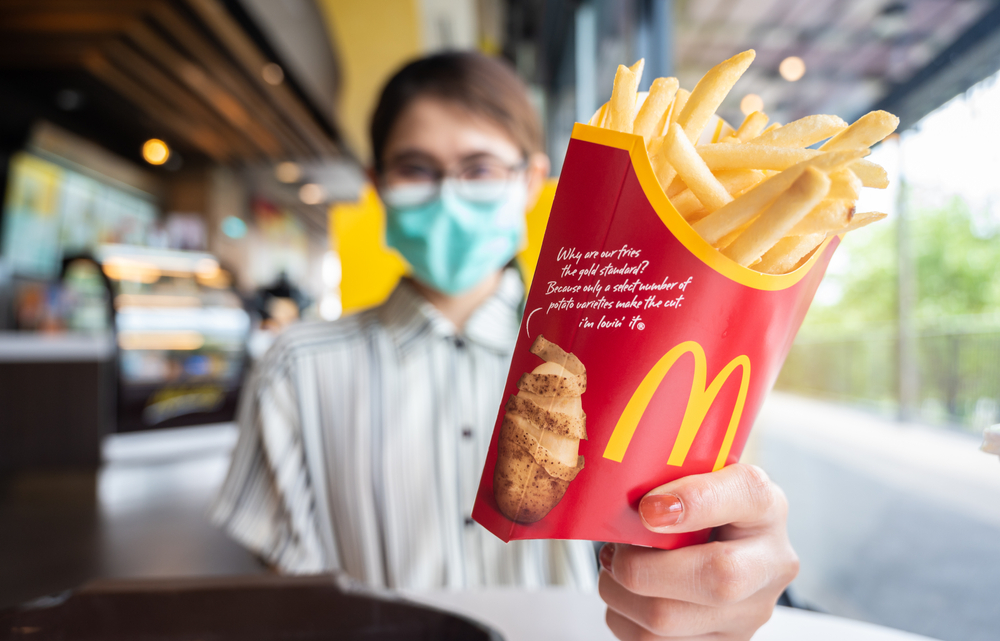
The science of comfort food: more than just taste
When Dr. Myro explained his theory, it struck a chord not because it promised a cure, but because it revealed something deeply human. He described three main elements: dopamine, caffeine, and salt: and how they work together inside the body. But beneath the chemistry is a story about connection: the link between the brain and emotion, between pain and pleasure, between what we crave and what we need. Comfort food is often dismissed as indulgence, something we reach for when we’re weak. Yet, if you look closer, it’s biology asking to feel safe again.
Think about it. When life feels unbearable, the body doesn’t just crave nourishment: it craves familiarity. That first bite of a fry, that first sip of Coca-Cola, they transport you somewhere softer. Somewhere where the world doesn’t hurt as much. The taste becomes more than flavor: it becomes medicine for the mind. This is why comfort food endures through generations; it’s not just about feeding hunger. It’s about feeding memory, identity, and peace.
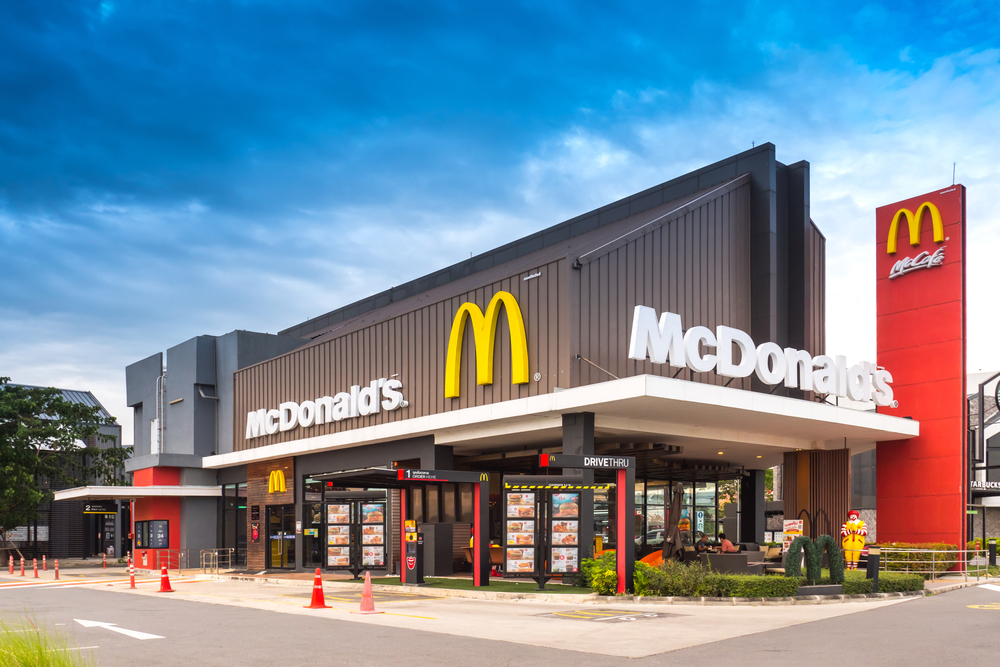
The dopamine hit – the science of small joys
When you eat something you love, your brain releases dopamine, the neurotransmitter that fuels your sense of reward and satisfaction. Dr. Myro explained that a “dopamine hit” can make anyone feel better after almost anything. It’s the brain’s way of saying, “You’re okay, even if it doesn’t feel like it right now.” Dopamine is not just a feel-good molecule: it’s a reminder that joy still exists, even in the midst of suffering.
Migraines rob you of joy. They turn pleasure into pain and light into torment. When you finally bite into something familiar: a crisp fry, a fizzy sip of Coke: it’s not just about taste. It’s about taking back control, even for a moment. That small act of enjoyment can anchor you, reminding your mind and body that life is not entirely pain. It’s a quiet rebellion against the suffering that wants to consume you.
There’s something poetic about the idea that comfort can be both science and sanctuary. Dopamine may be the chemical explanation, but the experience is emotional. The fry becomes a symbol: a tangible reminder that comfort is not weakness, it’s resilience. It’s the brain’s way of surviving. It’s saying, “Yes, I hurt, but I can still find sweetness here.”
The caffeine effect – energy in disguise
Then there’s caffeine, the ingredient that powers half the modern world. A large McDonald’s Coke has around 85mg of caffeine, more than what’s found in some over-the-counter painkillers. According to The Migraine Trust, caffeine interacts with adenosine receptors in the brain, which play a key role in blood flow. During a migraine, these receptors can cause blood vessels to dilate, leading to that throbbing, pulsating pain. Caffeine helps narrow them again, bringing relief.
What’s fascinating is that caffeine, though often seen as a source of energy, can actually calm the storm within your head. It’s a stimulant that soothes, a paradox of nature that speaks directly to the body’s duality. In small doses, caffeine amplifies the effects of painkillers. It can also improve mood, sharpen focus, and restore alertness after the draining fog of a migraine. But moderation is everything: too much, and it flips, becoming a trigger instead of a cure.
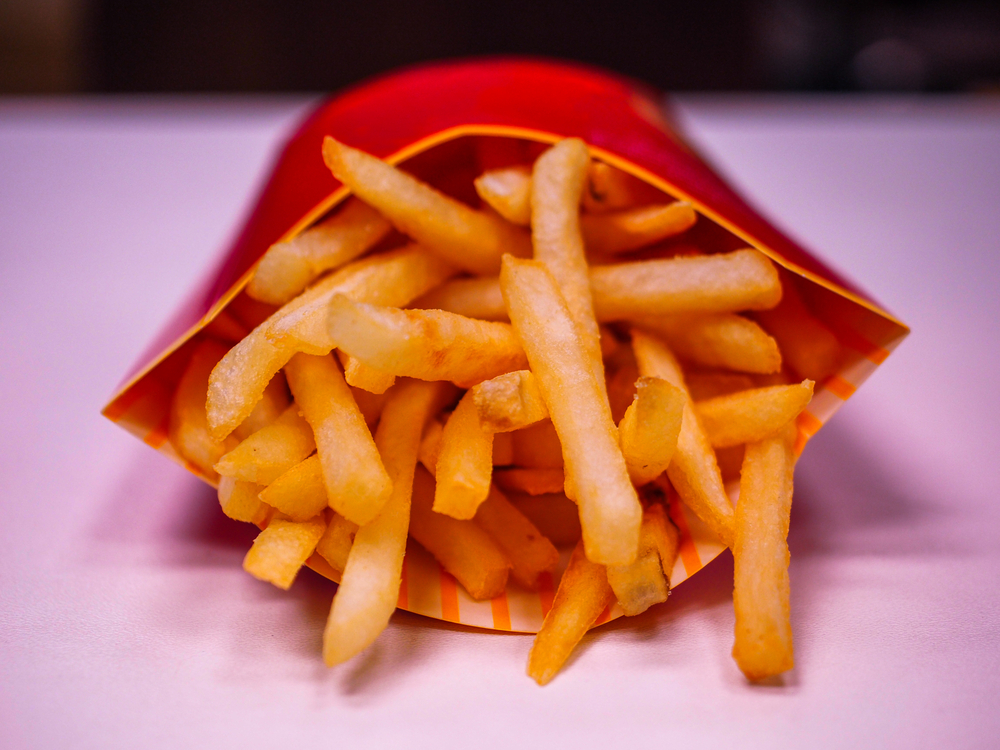
Still, there’s something deeper here. The same chemical that helps us power through long days also helps us pause the pain when it’s unbearable. That’s not coincidence: that’s design. It’s as if the body, in its wisdom, built in both tension and relief. Caffeine doesn’t just wake us up physically; it reawakens our ability to keep going. It’s a lesson in balance, in how too little or too much of anything can tilt the scales. Healing, as always, lives in the middle.
The salt solution – hydration and restoration
And then there’s salt: the most underrated hero in this story. Those golden fries, dusted with grains of sodium, might be doing more than feeding a craving. Dr. Myro points out that salt helps the body retain fluids, acting like a natural electrolyte. Migraines can often stem from dehydration, especially when stress or exhaustion leads us to neglect water. When you eat something salty, your body holds onto the fluids it needs to function properly, potentially restoring the balance that migraine pain disrupted.
Think about what that means on a symbolic level. Salt, one of the oldest minerals known to humanity, has always represented preservation and endurance. We use it to keep food from decaying, to cleanse wounds, to flavor what would otherwise be bland. It’s no surprise that the same element that sustains life might also bring comfort in pain. Yet, like all powerful things, it demands respect. Too much salt can trigger headaches, raise blood pressure, or strain the body’s systems. The magic is in moderation: just enough to restore, not overwhelm.
In that sense, the fries become a metaphor. They remind us that healing isn’t found in extremes but in harmony. Your body doesn’t want indulgence; it wants balance. It doesn’t want endless restriction, either. It just wants to feel whole again.
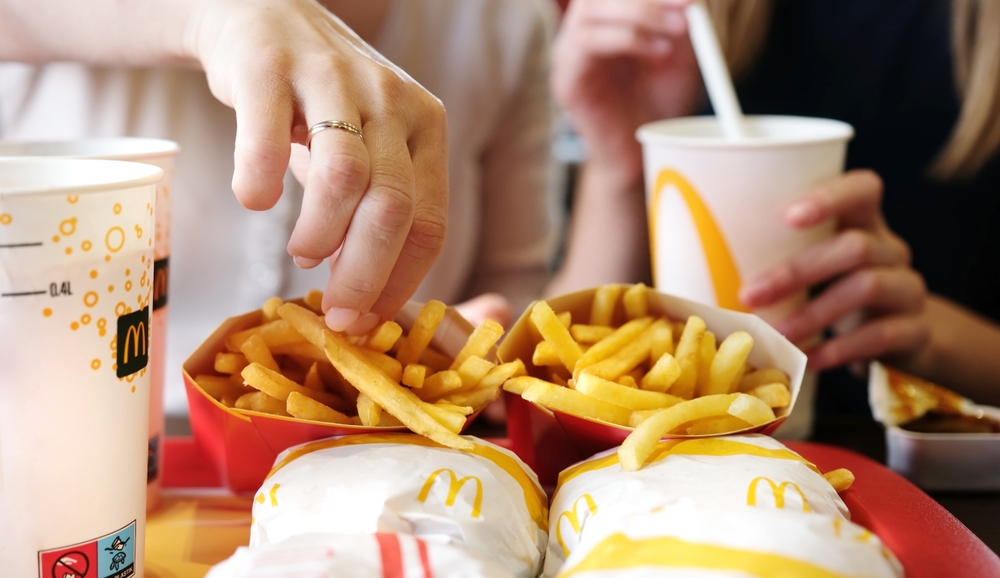
Beyond biology: the emotional layer of healing
When you really think about it, food is rarely just food. It’s a story, a ritual, a memory dressed as a meal. Psychologists call this the comfort food effect, and studies have shown that familiar flavors from childhood can actually lower cortisol: the stress hormone: and create a sense of emotional safety. A 2015 study in Appetite confirmed what most of us already knew in our hearts: that when we eat something linked to positive memories, our bodies relax, our minds calm, and our stress begins to fade.
So when you’re sitting under fluorescent lights, your head pounding, and someone brings you a Coke and fries, it’s not just the caffeine or salt that’s working. It’s the smell, the taste, the memory of simpler moments when things were okay. It’s the body recognizing a moment of peace in a sea of pain. Healing, it seems, isn’t just about biology: it’s about belonging. And sometimes, belonging looks like a familiar logo glowing against a night sky.
What migraines really mean for the body and mind
Migraines are complex and deeply misunderstood. According to the NHS, they are neurological events, not mere headaches. They can bring dizziness, nausea, sensitivity to light and sound, and sometimes a deep exhaustion that feels almost spiritual. The World Health Organization estimates that migraines affect over one billion people worldwide, yet the condition still carries stigma, often minimized as “just a bad headache.”
But for those who live through them, migraines are a humbling experience. They strip away pretense and force stillness. They are a conversation between the mind and body that most of us never wanted to have. Each trigger: whether stress, dehydration, hormones, or skipped meals: is a signal, a message that something is off-balance. When someone reaches for a fast-food meal in that moment, it’s not ignorance; it’s intuition. The body is saying, Help me remember how to feel okay again.
Maybe that’s the hidden wisdom here. Sometimes healing doesn’t come from doing something new: it comes from returning to something familiar. A Coke and fries aren’t a cure, but they might be comfort in edible form. And when you’re in the grip of pain, comfort is medicine too.
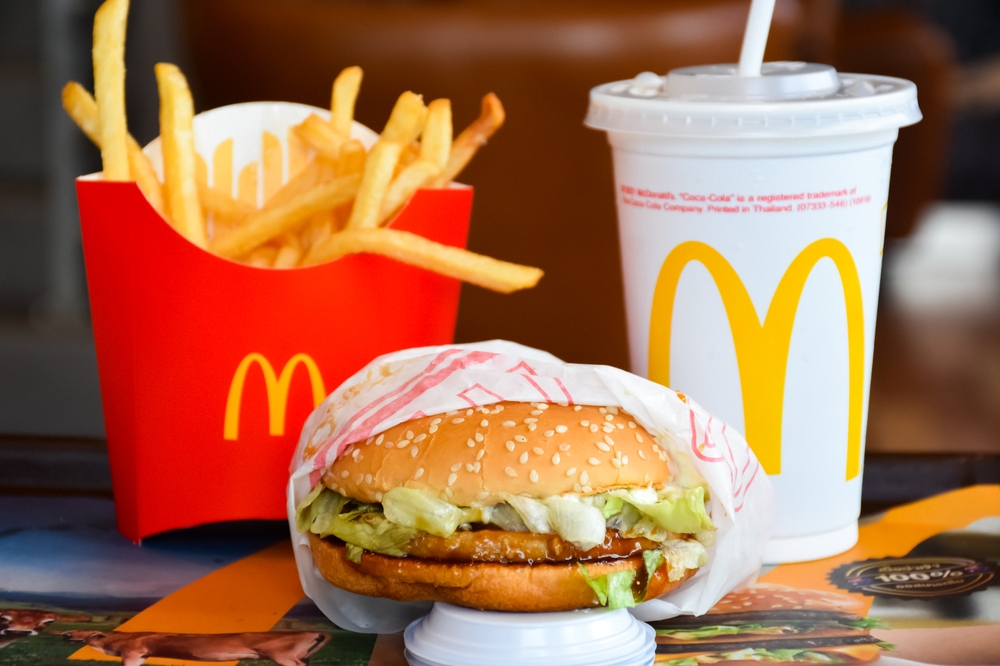
Mindful indulgence – finding balance between science and self-care
The lesson in Dr. Myro’s explanation isn’t that we should all run to the drive-thru at the first sign of pain. It’s that healing is personal and layered. For one person, it’s medication; for another, meditation. For someone else, maybe it’s a salty fry and a sip of cola. Mindful indulgence is about knowing your limits but honoring your needs. It’s about listening to the signals your body sends and responding with compassion, not guilt.
Healing doesn’t always look like discipline. Sometimes, it looks like rest. Sometimes, it looks like giving yourself permission to enjoy something small and familiar. The key is awareness. You can have your Coke and fries, but do it consciously. Let it be a ritual of comfort, not escape. Let it be an act of listening: o your body, your needs, your limits.
Reflections: what a fast-food remedy teaches us about being human
We live in a culture that worships quick fixes and instant gratification. But this story: about Coke, fries, and migraines: isn’t really about fast food. It’s about the profound truth that healing is both scientific and emotional. It’s about how the body and mind, though often treated as separate, are two voices in the same conversation.
Maybe it’s not the fries or the Coke that heal us. Maybe it’s the act of kindness we show ourselves when we’re suffering. Maybe it’s the permission to pause and say, “I need comfort right now.” Healing isn’t just about curing the pain: it’s about understanding it. It’s about asking, What is my body trying to tell me?
As Prince Ea might say, healing doesn’t always come wrapped in perfection. Sometimes it’s greasy, salty, and fizzing with bubbles. Sometimes, it’s simple. And maybe, that’s the point. Because when you give yourself grace in the middle of pain, you’re already healing. So next time life gives you a migraine, don’t just reach for the medicine cabinet. Reach for understanding. Reach for compassion. And if that means reaching for fries and a Coke, maybe that’s your body reminding you that comfort, too, can be sacred.
Loading...

